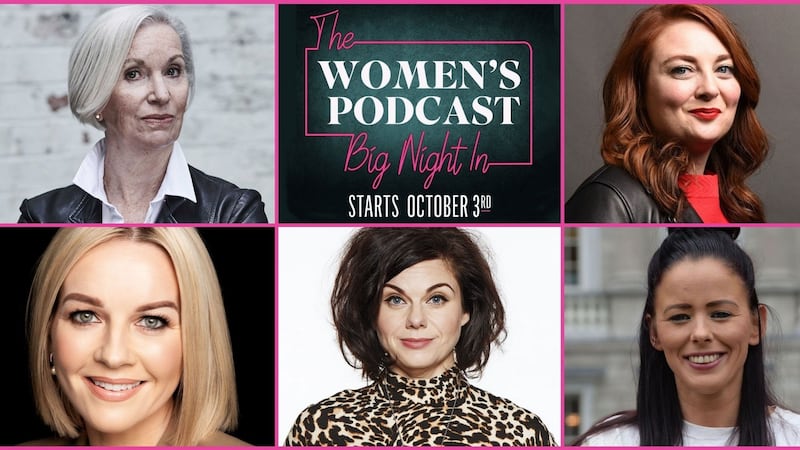For years, we simply called it “being nice and cosy indoors”. But then, it got upcycled and marketed with a lovely Scandi veneer: “hygge”. It meant giving your home a suitable winter wardrobe of wool, sheepskin and tweed in a bid to find a sense of calm contentment.
Woodsy palettes, pendant lighting, candles and rough-hewn touches like moss-knit blankets also feature heavily in the hygge aesthetic, even though most of us know it more simply as being at your granny’s house or, perhaps being a little more prosaic about it, slobbing about your gaff.
In any case, the Scandis are at it again, taking a very simple concept and turning it into an aspirational and bougie lifestyle choice. And given hygge’s past form, this new design for life looks likely to become airborne and sell an absolute shedload of instructive books (for some reason, the media have been especially preoccupied with identifying the new Hygge).

Welcome to the concept of “frilufsliv”, pronounced “free-luftz-leev”. Apparently, the term was coined by playwright Henrik Ibsen and means “free air life”, but it’s certainly having a moment right now.
The word feels delicious and exotic in the mouth, yet is simply a new word for, em, being outside. Swap out your living room sheepskin and your cable knit throws for North Face fleeces and hiking boots, and you’re halfway there.
It is about disconnecting from daily stress, being part of the cultural 'we' and existing in what I call nature – an 'escape room'.
Such is its importance in Norway that it has its own committee: the Norwegian Association for Outdoor Organisations, otherwise known as Norsk Friluftsliv. "For Norwegians, friluftsliv is less about what you do and more about where you are," Lasse Heimdal, the Association's general secretary, told the Guardian.
“For me, it is about disconnecting from daily stress, being part of the cultural ‘we’ and existing in what I call nature – an ‘escape room’.”
Credit where it's due, we certainly have no shortage of these so-called escape rooms in Ireland. In fact, our landscape and climate is nicely built for a hearty spot of "friluftsliving". Wherever we are in the country, we're rarely far from a hiking hotspot, a camping area or a relaxing fishing spot. In fact, a cynic may observe that friluftsliv advocates are merely selling us something we've enjoyed for years with some fancy, hygge-adjacent jargon.
Yet this new fetishisation of the great outdoors may sound a bit daft – like attaching a fancy new lifestyle to the tap in your kitchen and calling it “klirwasserin” or something – but it’s almost impossible to ignore the timing. After months of being cooped up indoors, stretching vistas, lakeside scenery and tumbling landscapes have taken on a whole new meaning. An alternative to the doomsday scrolling on our phones honestly can’t come quick enough. We are, quite literally, craving a breath of fresh air.
Scientists have already established that being outside/friluftsliv/whatever you’re having yourself is hugely beneficial in winter, especially in the current climate.
“Large studies that look at where people live show that if you are exposed to green spaces and nature, your health and brain function tend to be better,” says Dr Annalisa Setti, a lecturer at University College Cork’s School of Applied Psychology. “Research is also showing that spending a couple of hours a week out in nature is good for the mood and for attention, and there is even evidence to suggest that just a few minutes spent around nature can calm stress if you are feeling tired and cognitively overloaded.”
Yet before you stock up on spendy fleeces and tents and fancy yourself as a bit of a zeitgeist-catcher, remember this newfangled cultural moment has been at the heart of our culture for years, and is simply being repackaged and monetised. Call it whatever you like, but let’s not pretend we’re doing anything radical here. We are, quite simply, carrying on camping.










